Modern Architecture Shop (Clean Architecture And Microservices)
- The Tech Platform

- Sep 9, 2020
- 5 min read
Introduction
Modern Architecture Shop is a clean-lightweight.NET microservices application, showcasing the use of Dapr to build microservices-based applications. It is a simple online shop with all the core components that make up such a system, for example, a frontend for users authentication, product catalog, and basket and payment processing, etc.
Dapr is an event-driven, portable runtime for building microservices on edge and cloud. This project intended to show how you can make a clean microservices application with Dapr.
The project design decisions, balancing between realism and a simple demo showcase, but in the context of a real working application, you have to take some other design decisions which fit better to your functional and non-functional requirements.
The backend microservices are written in C# (however, it's worth noting that Dapr is language independent), and the frontend is a Blazor. All APIs are REST & HTTP & gRPC based.
Tech Stacks
Demo
Getting Started
About me
Project in GitHub
This project is related to a series of C#Corner articles:
Modern Architecture Shop (Clean Architecture and Microservices), Part I (Done) This article is about the current application architecture and what we can do to make the project architecture clean.
Modern Architecture Shop (Clean Architecture in the Microservices, DDD), Part II (Future) This article shows you how to separate the infrastructure from the application. In other words, make the infrastructure dependent on the application.
Modern Architecture Shop Fixing the tech problems (Future-article) Logging/Debugging/Testing is essential to create a successful: Zipkin, Serilog, Seq in our shop. And extending the services, Payment Services, and more UI.
Modern Architecture Shop Dapr Pure (Future) In this article, we will use Dapr in-depth.
The final goal of this project is to make a clean microservices application that can be deployed to the Kubernetes platform and run on Dapr runtime with and without Tye options.
The first showcase is using Dapr in a very simple way (No: State Management, Actors, etc.).
Obviously, this means we have to do everything by ourselves, for example, if you add a product to the basket, then you have to send a domain event which can be proceed in the store service and make the product as reserved.
Also, you have to send the data as an aggregate(Transaction), and if any error is occurring during the data processing, then you have to roll back the data.
Finally, I will implement the same services with Dapr (State Management, Actors, Communication, etc.). After that, you can compare the two solutions, and I will show you how Dapr can simplify the problems and making the development process more comfortable.
Store Service
This service represents the store. The current implementation is very minimal; With this service, you can add/remove/update products to/from/in any store or add/remove a new store.
API routes
/api/products GET All products
The service contains all products. Each registered user can add/remove items to/from his shopping cart(Basket Service). Admin users can add/remove products (still in progress) to/from the stores.
Store - Dapr Interaction
Pub/Sub: Subscribes to the store-queue topic to receive new notification from the basket service.
State. Stores: next version
Actor: next version
Bindings: next version
Basket service
Provides a basket service to the Store.
API routes
/api/item/{itemJson} Post a new item and store it in the user basket
/api/item/{Id} Delete the item with the given Id from the basket
/api/items Get all items from the basket for the logged-in user The service is responsible for maintaining the user's shopping carts and persisting them. Submitting a cart will validate the cart contents and turn it into an order item, which is sent to the Payment service for further processing.
Cart - Dapr Interaction
Pub/Sub: The basket service pushes shopping carts entities to the store-queue topic and to the payment topic to complete the order.
State. Stores: next version
Actor: next version
Bindings: next version
Service Invocation: next version
Users Management Service
Provides a simple user management service to the Modern Store. Only registered users can use the Shop to place orders etc.
The service generates the bearer token.
Users - Dapr Interaction
State: todo
BlazorUI - Frontend
This is the application user interface offering direct user interaction with the system and is responsible for managing the shop. It is programmed in Blazor, and all data is fetched via a REST API endpoint.
Frontend host
Blazor Server.
Clean Architecture
Clean Architecture is the key to Loosely-Coupled-Application. It allows you completely to decouple the application from the infrastructure.
Loosely-Coupled-Application
Clean Architecture Separates
User Interface
Database
Use Cases
Domain
Clean Architecture Circle Diagram from Uncle Bob book
Benefits
Independent of Database
Independent of Frameworks
Effective testable
Independent of any external agency
All business logic is in use cases
Clean architecture can solve the below-listed problems:
Decisions are taken too early
It's hard to change,
It's centered around frameworks
It's centered around the database
We focus on technical aspects
It's hard to find things
Business logic is spread everywhere
Heavy tests
ModernArchitectureShop architecture
Architecture Overview
Each domain service is divided into four parts:
.Domain
It contains only the POCOs and related domain events.
.Application
It contains the Uses Cases, Interfaces for the infrastructure, and other business logic stuff.
.Infrastructure
It contains Infrastructure stuff like databases etc.
.Api
The WebAPI stuff.
Note StoreApi and the BasketApi assemblies are mixing the Infrastructure and the WebAPI and the Application Logic. In the next version, I will separate them according to the clean architecture principles.
ModernArchitectureShop.BlazorUI Service
In the ModernArchitectureShop.BlazorUI.Startup.cs I have registered all services, and I have added the HTTP clients to the services.
HTTP Clients
IdentityService.cs
Is responsible for the login/logout
ProductService.cs
Retrieves all products from the Store and display them the Products.razor
BasketProductService.cs
It manages the basket, for example, adding or removing items to/from the basket.
ModernArchitectureShop.StoreApi Service
The WebApi for the Store.
Controllers
ProductsController.cs loads the products from the store service and forward them to the BlazorUI as follows,
public async Task<IActionResult> GetProducts([FromQuery]
GetProductsCommand command)
{
var result = await _mediator.Send(command);
return Ok(result);
} The MediatR design pattern is used to reduce the dependencies between objects.
As shown below, the GetProductsHanlder is called from the mediator.
public async Task<GetProductsCommandResponse>
Handle(GetProductsCommand command, CancellationToken cancellationToken)
{
var query = _dbContext.Set<Product>();
var totalOfProducts = await query.CountAsync(cancellationToken);
var products = await query.AsNoTracking()
.OrderBy(x => x.Code)
.Skip((command.PageIndex - 1) \* command.PageSize)
.Take(command.PageSize)
.Include(x => x.ProductStores)
.ThenInclude(x => x.Store)
.ProjectTo<ProductDto>(_mapper.ConfigurationProvider)
.ToListAsync(cancellationToken);
var result = new GetProductsCommandResponse
{
Products = products,
TotalOfProducts = totalOfProducts
};
return result;
} The data is displayed in the products.razor, as follows:
protected override async Task OnParametersSetAsync()
{
var response = await ProductService.GetProductsAsync(ProcessUrl());
if (response.StatusCode == (int) System.Net.HttpStatusCode.OK)
{
_productsModel =JsonConvert.DeserializeObject<ProductsModel>(response.Content);
}
else
{
_errorMessage = $"Error: {response.Error}";
_productsModel = new ProductsModel();
}
} The response above contains the products and the count. Finally, the products are displayed, as shown below.
protected override async Task OnParametersSetAsync()
{
var response = await ProductService.GetProductsAsync(ProcessUrl());
if (response.StatusCode == (int) System.Net.HttpStatusCode.OK)
{
_productsModel =JsonConvert.DeserializeObject<ProductsModel>(response.Content);
}
else
{
_errorMessage = $"Error: {response.Error}";
_productsModel = new ProductsModel();
}
} ModernArchitectureShop.BasketApi
It contains tow controllers: ItemController.cs and ItemsController.cs
ItemController creates and deletes items to/from the basket.
ItemsController retrieves items from the database.
Again, here I have used MediatR:
\\Application\\UsesCases\\AddItemHandler
public async Task<ItemDto> Handle(AddItemCommand command, CancellationToken cancellationToken)
{
var itemFromCommand = _mapper.Map<Item>(command);
var items = _dbContext.Set<Item>();
var itemFromDb = await items.SingleOrDefaultAsync(x => x.ItemId == command.ItemId, cancellationToken: cancellationToken);
if (itemFromDb != null)
{
_mapper.Map(itemFromCommand, itemFromDb);
items.Update(itemFromDb);
}
else
{
await _dbContext.Items.AddAsync(itemFromCommand, cancellationToken);
}
await _dbContext.SaveChangesAsync(cancellationToken);
await _itemCreatedNotificationHandler.Handle(new ItemCreatedMessage(), cancellationToken);
return _mapper.Map<ItemDto>(itemFromCommand);
} Once the items are added to the database, the ItemCreatedMessage.cs (Dapr) message is being published to the Store. We need this message, for example, to update the reserved items.
\\Application\\UsesCases\\GetItemsHandler
public async Task<GetItemsCommandResponse> Handle(GetItemsCommand command, CancellationToken cancellationToken)
{
var query = _dbContext.Set<Item>();
var totalOfItems = await query.Where(i => i.Username == command.Username).CountAsync(cancellationToken);
var items = await query.AsNoTracking()
.OrderBy(x => x.Code)
.Skip((command.PageIndex - 1) \* command.PageSize)
.Take(command.PageSize)
.ProjectTo<ItemDto>(_mapper.ConfigurationProvider)
.Where(i => i.Username == command.Username)
.ToListAsync(cancellationToken);
var result = new GetItemsCommandResponse
{
Items = items,
TotalOfItems = totalOfItems,
};
return result;
} The code above fetches the items and returns them to the UI host, then items.razor can display them.
Summary
ModernArchitectureShop is a modern light microservices application. We have seen that the current implementation is not ideal, and it needs some cleanups. In the next article, I will decouple the application from the infrastructure, and I will extend the project.
Tye Dashboard
Zipkin
Source: C# Corner



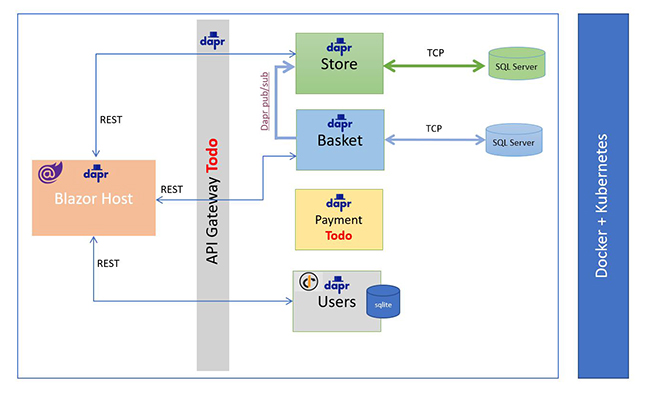

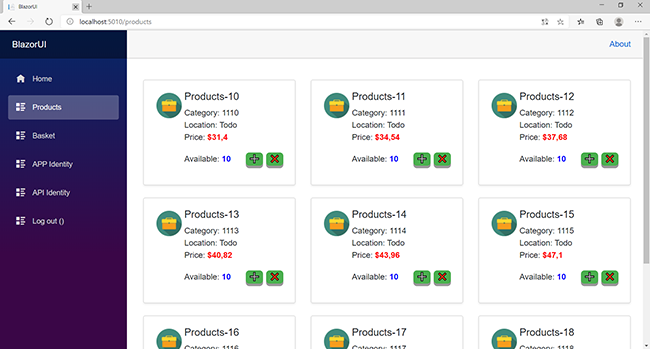

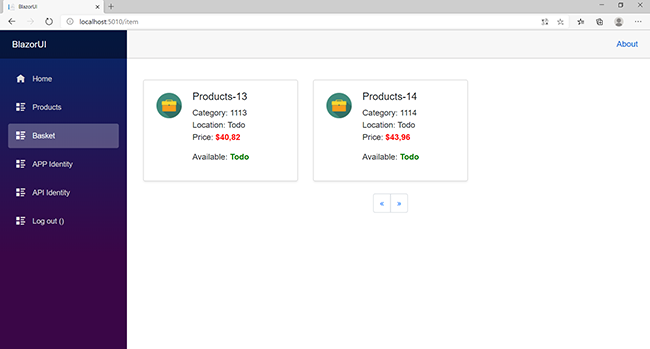

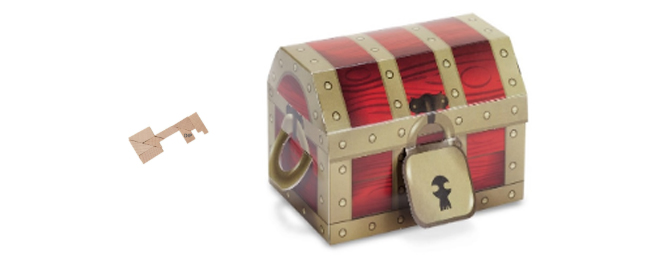

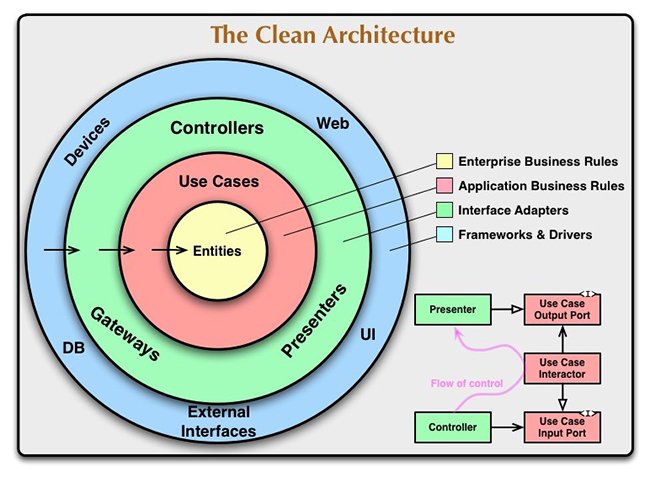

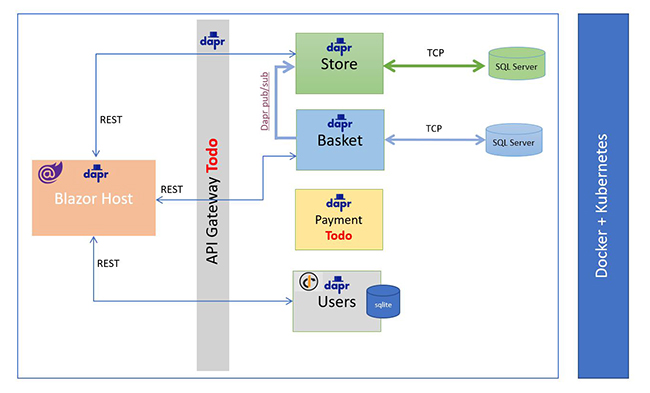





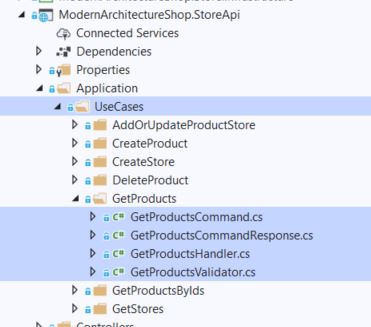

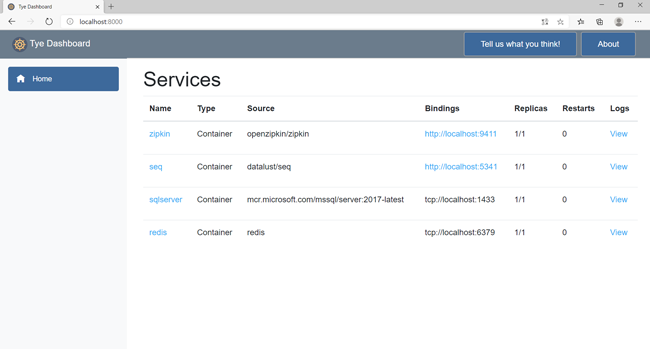

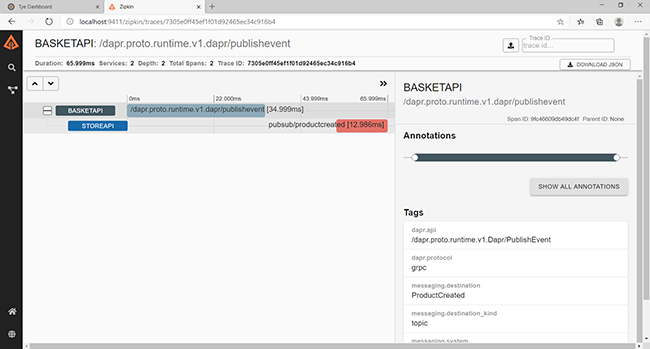



Once the items are added to the database, the ItemCreatedMessage.cs (Dapr) message is being published to the Store. We need this message, for example, to update the reserved items. AI in Architecture